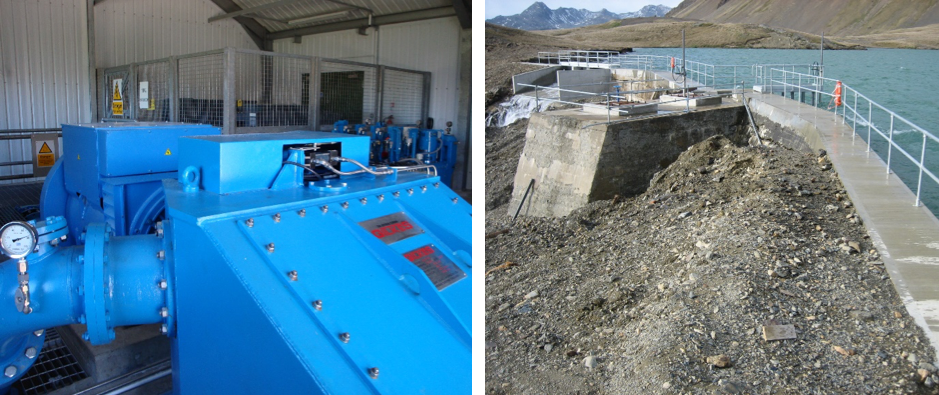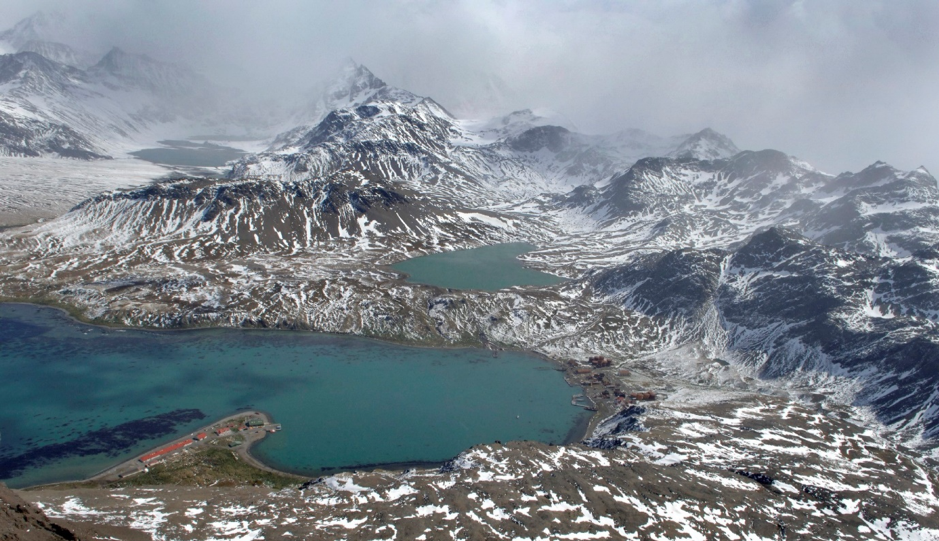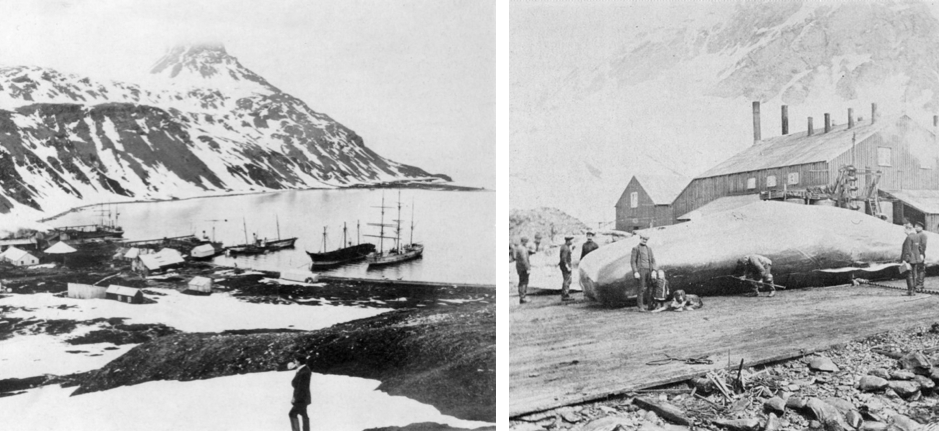King Edward Point Decarbonisation
King Edward Point Research Station Decarbonisation
Renewable Energy at King Edward Point Research Station
We are planning to decarbonise our Antarctic stations by 2030, including King Edward Point Research Station, owned by the Government of South Georgia and the South Sandwich Islands (GSGSSI) and operated by British Antarctic Survey (BAS).
King Edward Point Research Station already meets 80% of its energy demands in electricity and heating by an existing hydropower system. Hydropower was reintroduced in 2008 by the GSGSSI, utilising an existing dam. Repairs were undertaken to make it safe and a new intake, penstock (pipeline), powerhouse, turbine and generator were installed. The system has a rates power of 260 kW and has been designed for an operating life of at least 40 years.
In the 2020 – 2021 season the plant produced a total of approximately 700 MWh which was able to meet 74% of the station’s electricity and heating demand.

Although hydropower is a form of renewable energy, the team has to be careful not to drain the lake, which partially freezes in winter. The station only generates the power it needs by controlling the flow of water. This is achieved using a specialised control system which uses a feedback mechanism. The power load and frequency are read and fed back to a spear valve which maintains required electrical frequency. When the lake is full the station runs on renewable energy and decarbonised heat through electric boilers. When the lake is partially depleted, to avoid exhausting the lake water, the station is heated with fuel boilers rather than the electric boilers.

History of Hydropower at King Edward Point
In 1904 the first whaling station on South Georgia was established at Grytviken. To provide power to the whaling operation a reservoir was constructed by damming a natural watercourse in 1912–14. The original reservoir had a capacity for 200,000m3 of water. In 1928 the dam wall was extended almost doubling the amount of water contained in the reservoir we now know as Gull Lake. This was the main source of power until the station’s closure in 1964. The hydroelectric infrastructure and equipment then fell into disrepair.

Increasing Renewable Energy at KEP
In the 1920s, the whaling station at Grytviken had a small micro hydro generator fed from a river at Bore Valley. This small turbine was rated at about 25Hp (15 kW) and was used for the Kino or movie theatre, as well as small power (unfixed devices, products and appliances) at the whaling station. There are currently plans to reinstate the old micro hydro scheme. Preliminary pressure and flow test have been conducted with promising results. The current plan is for a turbine rated at 15 kWe to be installed. In addition, solar radiation monitoring equipment has been installed in 2021 on station to assess the generation potential from solar panels that could allow us to fully decarbonise KEP.
Find out more about our projects to reach Net Zero carbon emissions across our operations by 2040.